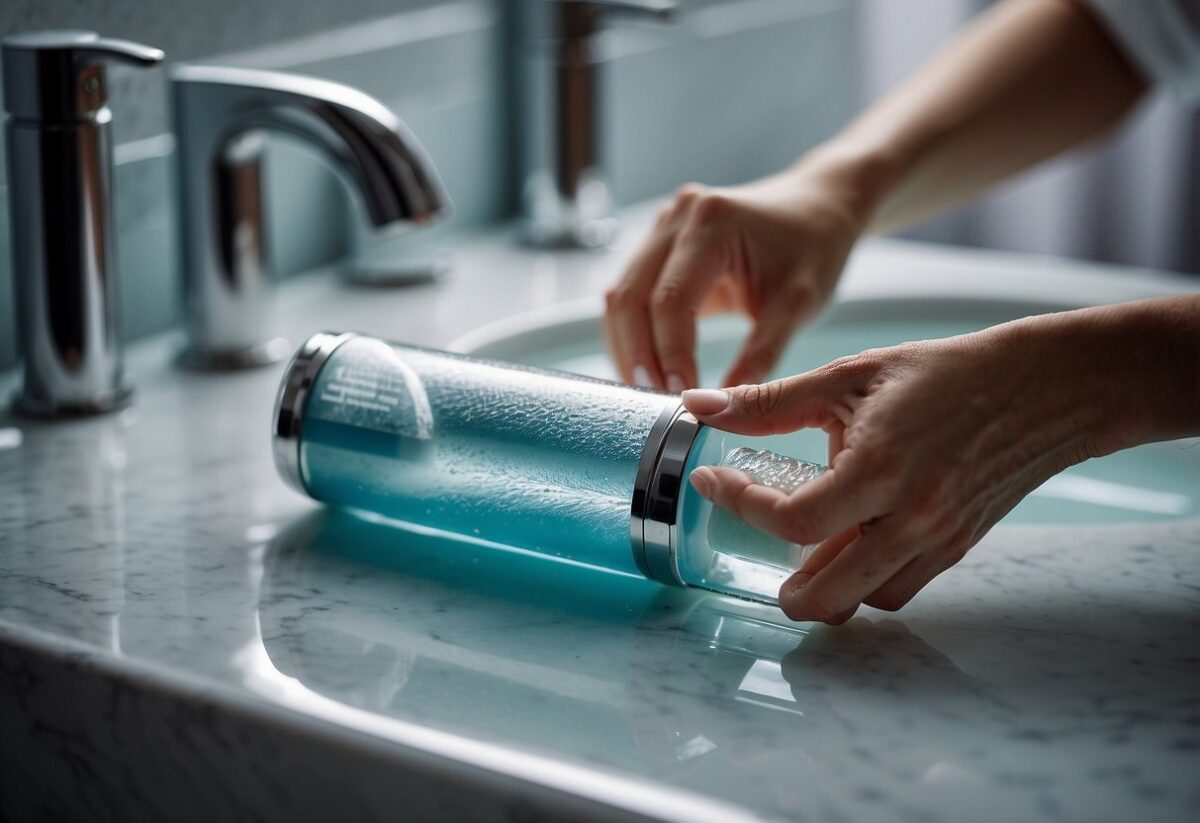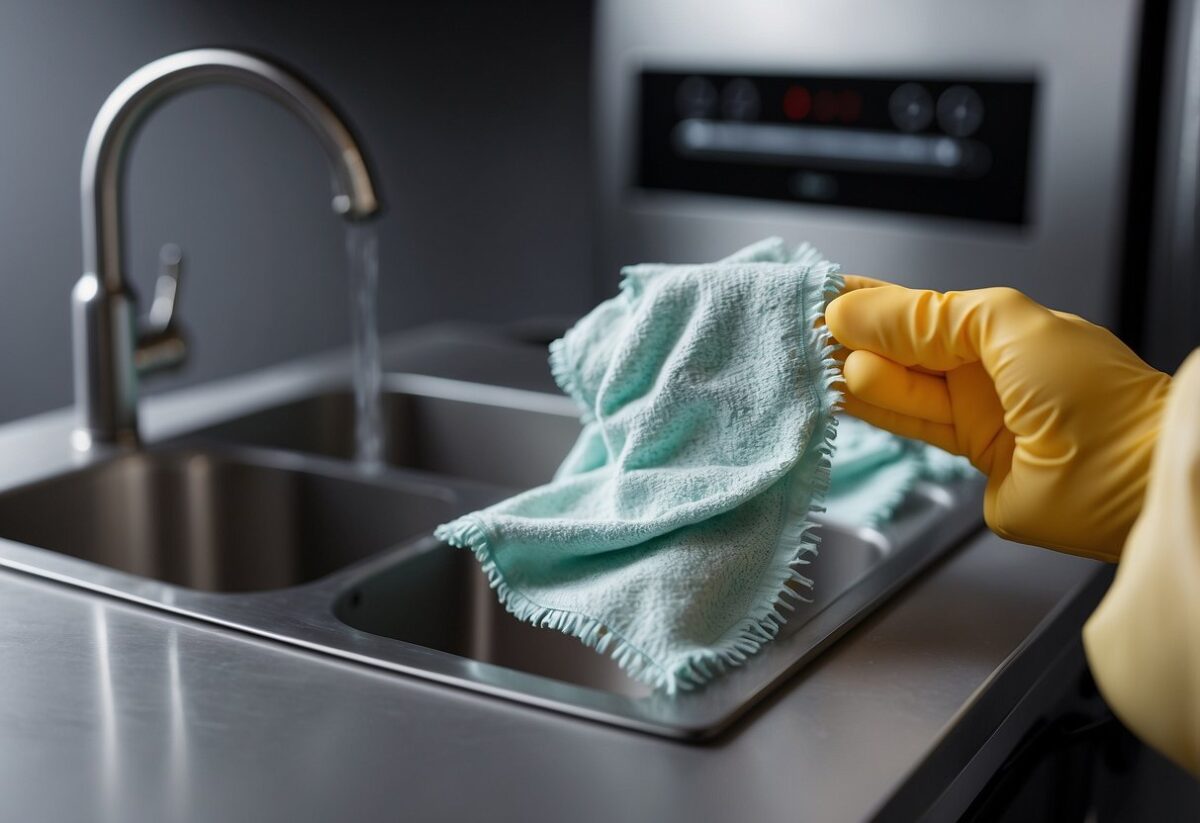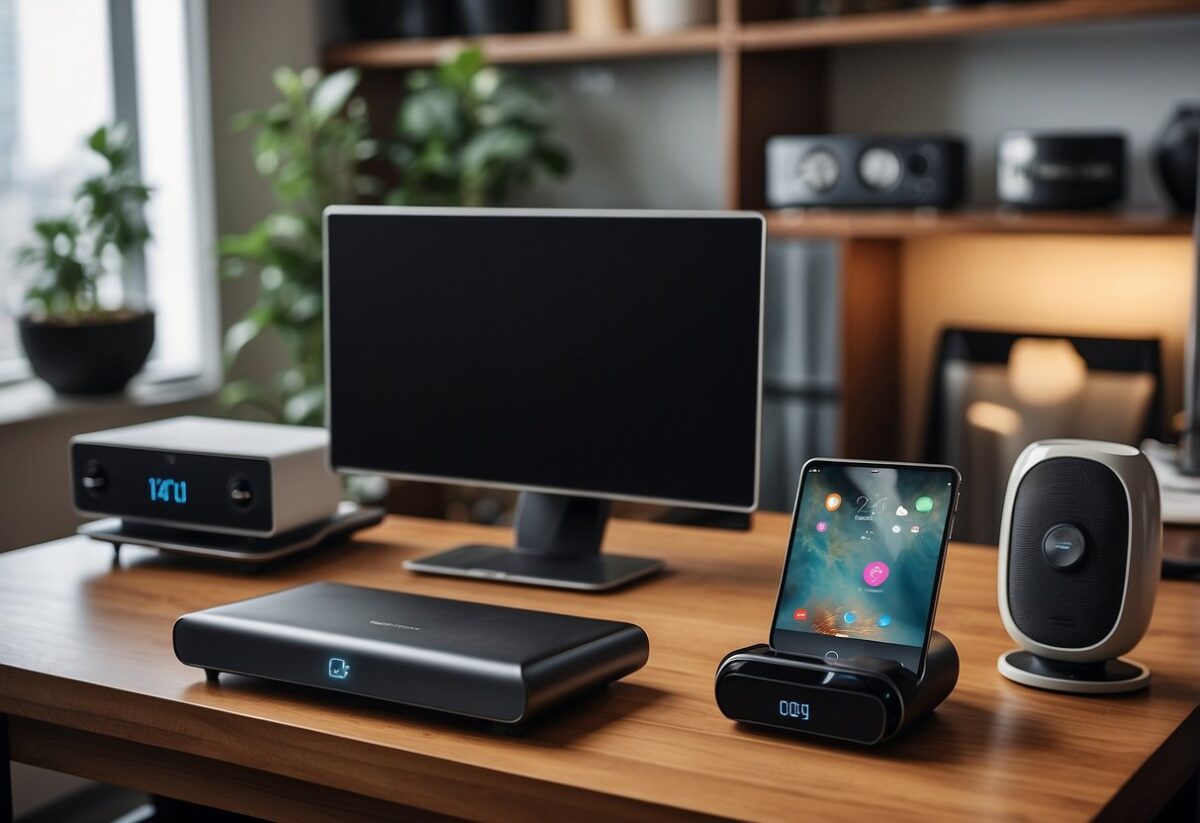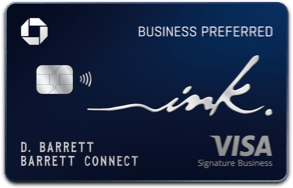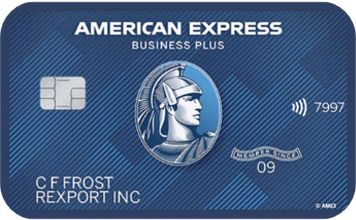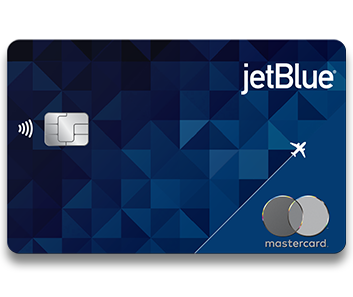When to Use Ice Roller in Skincare Routine: Optimal Times and Benefits
Real Comparisons Editor Team
on
May 21, 2024
Adding an ice roller to your skincare routine can enhance your beauty regimen and address common skin concerns. Ice rolling helps reduce puffiness, minimize the appearance of pores, and soothe inflammation. Knowing when and how to use this tool can maximize its benefits.
You’ve likely seen ice rollers in beauty stores or mentioned in skincare blogs. They are simple yet effective devices that provide a cooling effect when rolled over the skin. This can be especially beneficial after workouts, during stress, or as part of a morning routine to wake up the skin.
Incorporating an ice roller in your skincare routine might feel like a small step, but it can make a significant difference. Use it after cleansing and before applying serums and moisturizers for the best results. The cooling sensation can help tighten the skin and enhance the absorption of your skincare products.
Key Takeaways
- Ice rolling helps reduce puffiness and inflammation.
- Best used after cleansing and before serums or moisturizers.
- Enhances the absorption of skincare products.
What Is An Ice Roller?
Adding an ice roller to your skincare routine can enhance your beauty regimen and address common skin concerns. Ice rolling helps reduce puffiness, minimize the appearance of pores, and soothe inflammation. Knowing when and how to use this tool can maximize its benefits.
You’ve likely seen ice rollers in beauty stores or mentioned in skincare blogs. They are simple yet effective devices that provide a cooling effect when rolled over the skin. This can be especially beneficial after workouts, during stress, or as part of a morning routine to wake up the skin.
Incorporating an ice roller in your skincare routine might feel like a small step, but it can make a significant difference. Use it after cleansing and before applying serums and moisturizers for the best results. The cooling sensation can help tighten the skin and enhance the absorption of your skincare products.
An ice roller is a skincare tool designed to deliver a cooling effect to the skin. It typically consists of a handle and a rolling barrel filled with a gel-like substance.
Material: Ice rollers are often made from stainless steel or plastic.
Purpose: They help reduce puffiness, soothe inflammation, and tighten the skin.
Cooling Mechanism: The gel inside the roller can be frozen or chilled in the refrigerator.
Usage: Ice rollers are rolled across the face in a gentle motion.
Ideal for morning use, these tools can invigorate the skin and help reduce morning puffiness.
Features
- Re-usable: Most ice rollers can be used multiple times.
- Portable: Compact sizes make them travel-friendly.
- Easy to Clean: Often requires just a simple rinse under water.
Popular Brands
- ESARORA Ice Roller
- Hansderma Skincool Ice Roller
- Latme Ice Roller
Application Areas
- Face: Typical focus area.
- Neck: Helps ease tension.
Tip: To maximize benefits, always follow usage instructions specific to the brand.
What are the benefits of including ice rolling in my evening skincare routine?
Ice rolling can help reduce puffiness around the eyes and face. It is particularly useful after a long day, providing a cooling sensation that soothes the skin.
Inflammation reduction is another benefit. Ice rolling can help calm redness and irritation, making it ideal for those with sensitive or acne-prone skin.
Improved blood circulation is achieved with regular use. This can lead to a healthier, more radiant complexion.
Including ice rolling in an evening routine may also tighten pores. The cold temperature constricts blood vessels, which can reduce the appearance of large pores.
The process can be effective in relieving facial tension and stress, contributing to a relaxing end to the day. This makes it a dual-purpose tool for both skincare and relaxation.
Lastly, ice rolling can enhance product absorption. After applying serums or moisturizers, using an ice roller can help the products penetrate deeper into the skin, making them more effective.
When To Use An Ice Roller In A Skincare Routine
Knowing the optimal time to use an ice roller can enhance skincare effectiveness. Different skin conditions and products may dictate when to use it for the best results.
Before applying skincare products
Ice rolling before applying products can help reduce puffiness and calm the skin. By minimizing inflammation, it prepares the skin for better absorption of serums and creams.
After applying skincare products
Ice rolling after product application can help in sealing the products into the skin. The cooling effect can lock in moisture and provide a soothing finish to your routine.
Alternating use
Some prefer to use the ice roller both before and after applying skincare products for comprehensive benefits. Experimenting with both methods can help determine individual preference and effectiveness.
How To Use An Ice Roller In A Skincare Routine?
Using an ice roller can help reduce puffiness, improve circulation, and tighten the skin. To get the best results, it’s important to know how to use it correctly and for how long.
Each session should last about 5-10 minutes. Start by gently rolling the ice roller from the center of your face outward, focusing on areas like the forehead, cheeks, and jawline.
Shorter sessions of 2-3 minutes can be effective for quick refreshment.
Using a timer can help you stay within the optimal duration, ensuring you gain all the benefits without overdoing it.
How To Choose An Ice Roller For Skincare?
Before choosing and buying an ice roller for your skincare routine, there are some features to consider to be sure this is the right product for you.
Material and Build Quality
An ice roller should be made from high-quality materials like stainless steel or medical-grade plastic. These materials are durable and effective at retaining cold temperatures.
Size and Design
Choose a size that comfortably fits your hand. Ergonomic designs are easier to handle and maneuver across your face.
Cooling Capability
Look for an ice roller that stays cold for a longer period. Some rollers come with gel-filled heads for extended cooling.
Ease of Cleaning
Select an ice roller that is easy to clean. Detachable heads or smooth surfaces make maintenance simple and hygienic.
Additional Features
Some ice rollers come with interchangeable heads or additional features like vibration. Consider if these extras add value to your skincare routine.
Summary
Ice rolling offers various benefits in a skincare routine, including promoting lymphatic drainage and enhancing the efficacy of serums. Knowing when to use an ice roller in a skincare routine it’s crucial to have an effective morning and night skincare routine.
Frequently Asked Questions
How does ice rolling promote lymphatic drainage and how is it performed?
Ice rolling promotes lymphatic drainage by boosting circulation and reducing puffiness.
To perform it, gently roll the ice roller over your face and neck in an upward and outward motion. This encourages fluid movement and reduces swelling.
Can you use an ice roller in conjunction with serums, and if so, how?
Yes, using an ice roller with serums can enhance absorption.
Apply your serum first, then use the ice roller to massage it into the skin. The cooling effect helps serums penetrate deeper while calming the skin.
What is the ideal time of day to use an ice roller for optimal skincare results?
The best time to use an ice roller is in the morning or before applying makeup.
Morning use reduces overnight puffiness and refreshes the skin. If applying before makeup, it smooths the surface for better application.
